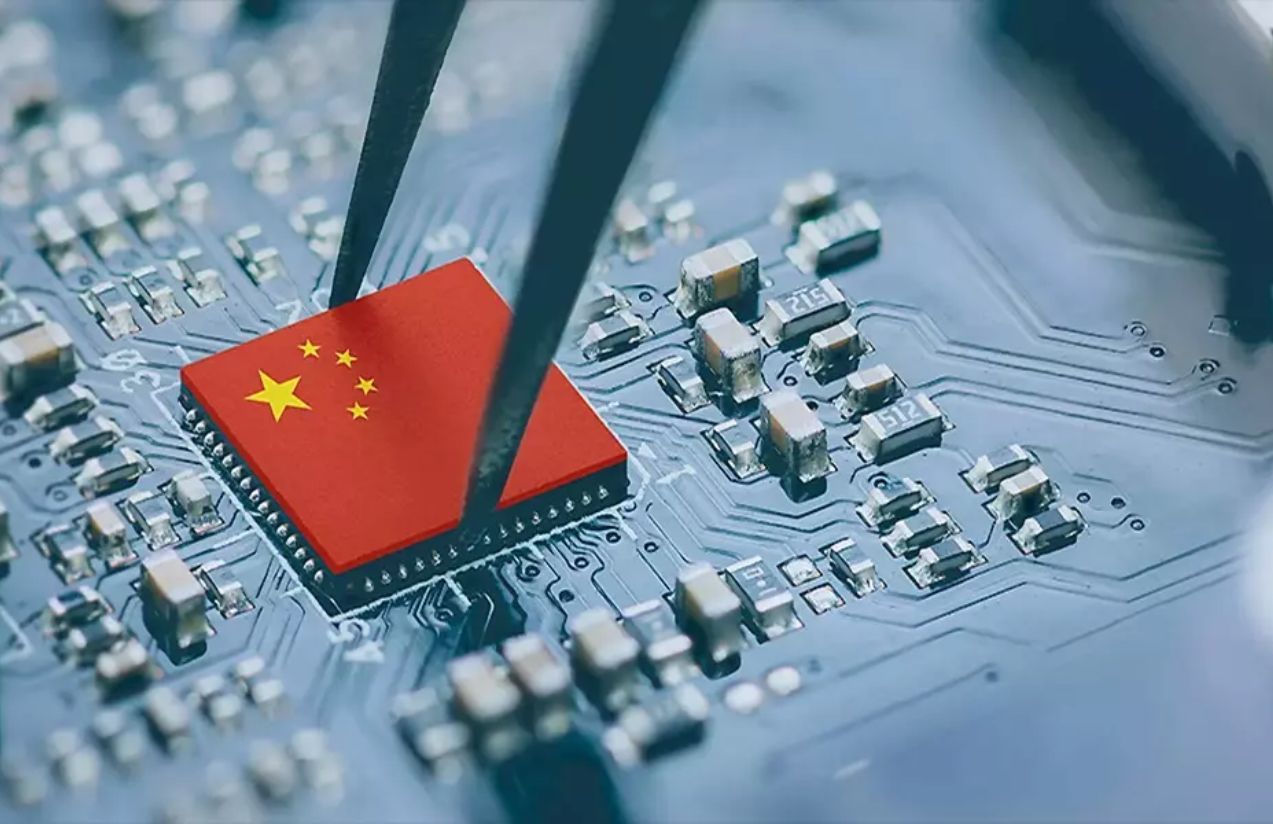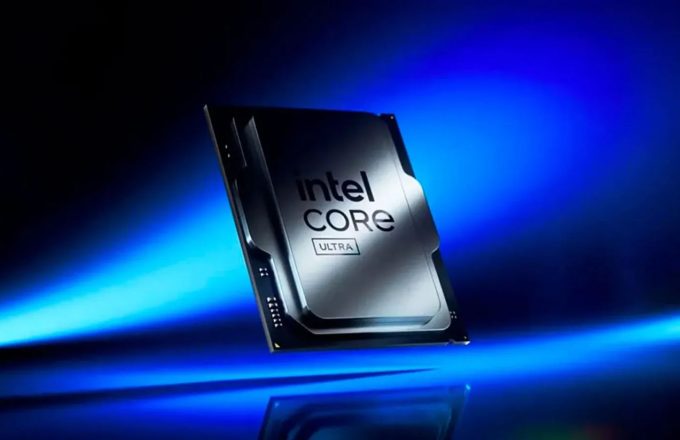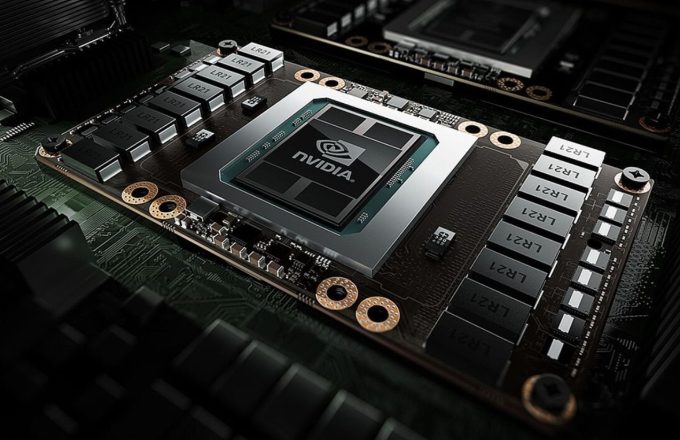Cutting-edge hardware has become a crucial asset—not only for gaming enthusiasts but also for companies of all sizes that need powerful, up-to-date systems to harness the latest technological advances. In China, however, access to this type of hardware has been limited due to restrictions imposed by the United States. In response, the country has ramped up efforts to build its own tech solutions, with its latest breakthrough being a graphics card that reportedly rivals the NVIDIA RTX 4060 in performance.
In recent years, trade tensions between the U.S. and China have intensified, with escalating sanctions, restrictions, and tariffs from both sides. As a result, China has doubled down on achieving technological self-reliance, investing heavily in its semiconductor industry. Significant strides have already been made in processor development—through companies like Huawei and DeepSeek’s AI chips—and now the country is making headlines with its first domestically developed GPU built on proprietary architecture.
The new graphics card comes from Lisuan Technology, a newcomer claiming to have designed and manufactured a 6 nm GPU entirely within China, using an in-house architecture dubbed TrueGPU. The model, named G100, has reportedly been successfully powered on and is said to offer performance on par with the RTX 4060.
What makes this achievement particularly noteworthy is the use of a 6-nanometer manufacturing process—an advanced node typically reserved for industry giants like TSMC and Samsung, both of which are off-limits to Chinese firms due to U.S. export restrictions. While technical details remain scarce, speculation suggests that the chip was produced by SMIC (Semiconductor Manufacturing International Corporation), the Chinese foundry also responsible for Huawei’s Ascend 920 AI chip.
Although full specifications have yet to be disclosed, early reports indicate that the G100 boasts substantial memory and relatively low power consumption. It is also said to support major graphics APIs such as DirectX 12, Vulkan 1.3, and OpenGL 4.6 and 3.0—strong indicators of a gaming-oriented design. This would align with the current ban on high-end GPUs from NVIDIA and AMD in the Chinese market, making domestic alternatives increasingly essential.
Currently, the GPU is still in the testing phase, and it may be some time before more details emerge or the product reaches the market. Nonetheless, the successful boot of the chip marks a significant milestone in China’s pursuit of technological independence—even though software optimization and full ecosystem development still lie ahead.




















